Compared with last year's flagship product, JS9900 series in addition to continue to enhance the picture quality performance, another very significant change is equipped with Samsung's own Tizen operating system. Given that many smart TVs in the market adopt the same Android environment, can the new Tizen system bring a truly different experience to consumers? This is where we urgently want to know.

Since the TV entered the tablet era, Korean companies have gradually formed a style system featuring a sense of gorgeousness in industrial design, and have a completely different flavor from the Japanese color TV sets with a long and refined sense of purpose. However, on the JS9900 we saw many designs that could create luxurious textures, and we also saw a lot of details that could show a sense of refinement.
The most obvious place is the style of the border. JS9900 adopts a metallic frame with a delicate texture, so that the overall sense of quality has reached the level of the flagship product. In the style of the border, the common plane shapes of most televisions on the market are not used, but very rare, and the “cutting angle†borders are very difficult to manufacture. This kind of frame makes the whole picture be embedded in the frame like a canvas, and makes the curved screen more three-dimensional, and it also makes the overall visual effect very rich and full.
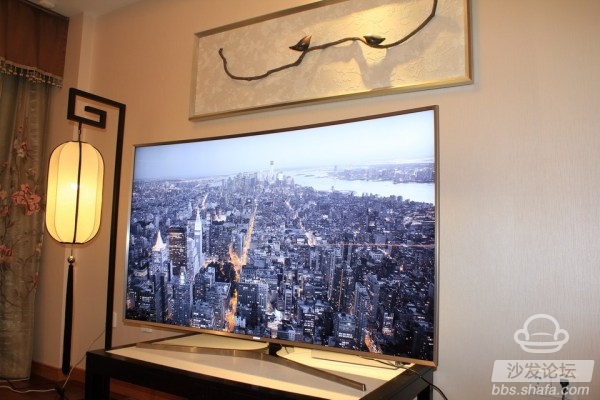

Samsung 2015 flagship surface 4K TV appearance
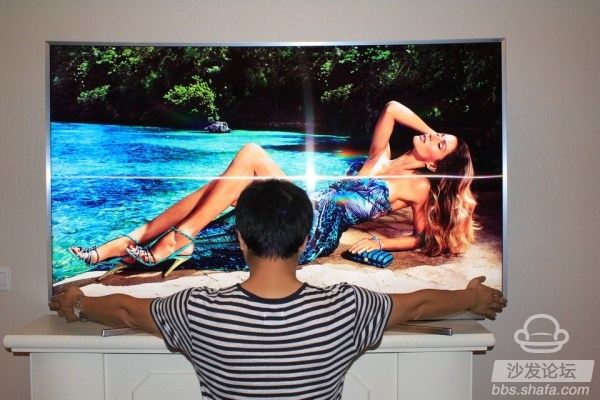
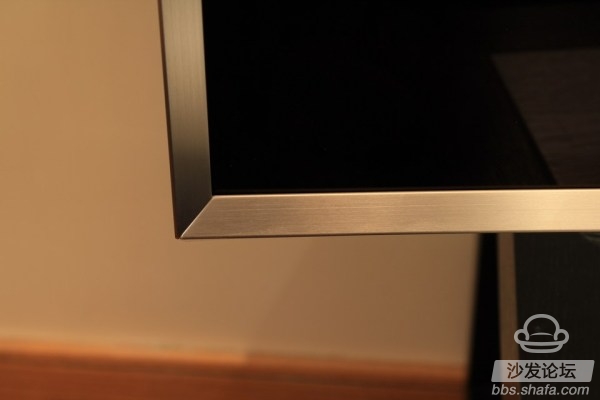

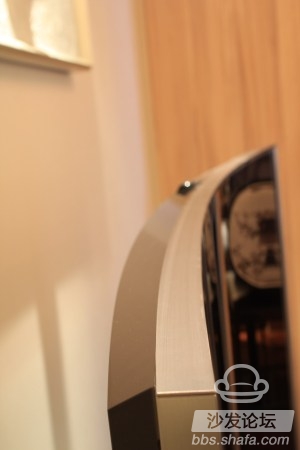


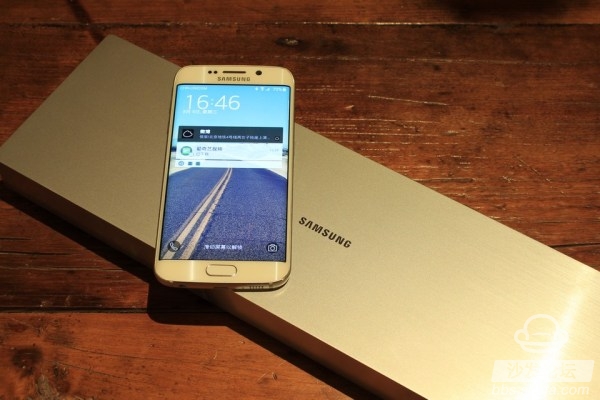
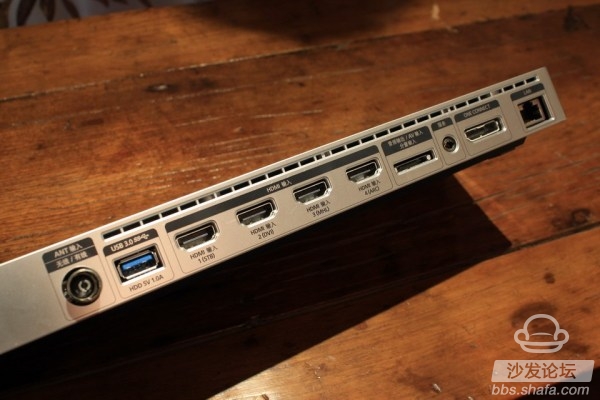
Samsung 2015 flagship surface 4K TV appearance
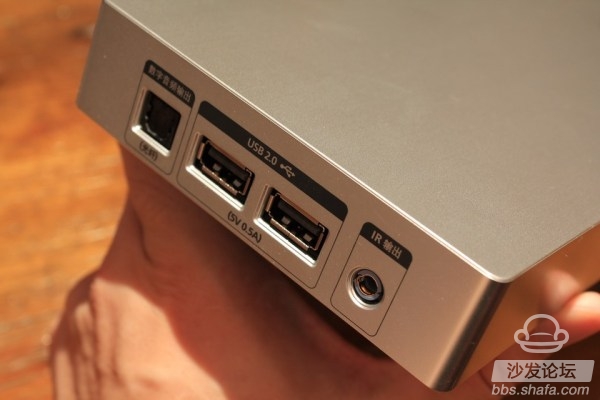
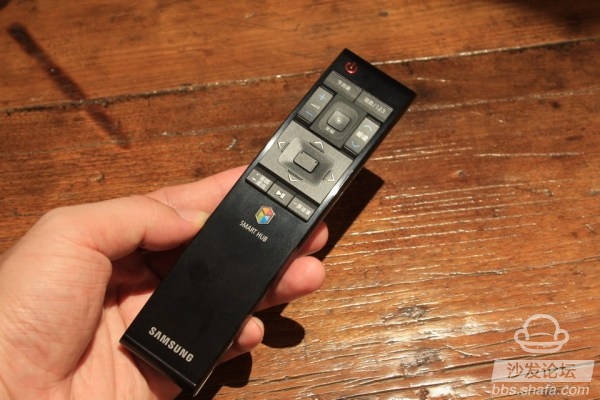
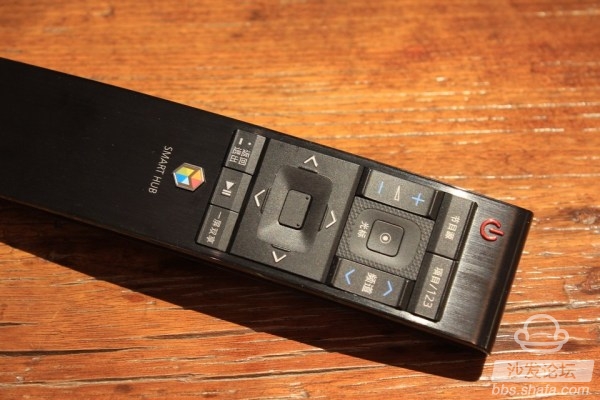
Overall, the JS9900 has a very high level of craftsmanship, particularly evident in the details, whether it is the uniformity of the joints of the frame, the texture processing of the backboard, the smoothness of the chrome-plated components, or even the places where it is difficult to pay attention to. Give users a great experience.
Quality experience
Regardless of how the television evolves in terms of intelligence, quality is still the eternal focus. Although Japanese color TV sets have traditional advantages in terms of picture quality, with the overall maturity of LCD technology and the mastery of core panel resources, the picture quality performance of Samsung TVs in recent years has been on the ascendant. As this year's flagship product and second-generation surface product, the JS9900 is equipped with various high-quality image enhancement technologies, such as "re-mastering image quality engine, ultra-high definition local light control, enhanced black control technology enhancement, Automatic depth optimization, professional version of peak light control technology, etc.",
In addition, although Samsung did not mention the popular "quantum dot," this term, but in fact this year's high-end products have upgraded the LED backlight source, using the "nano-crystal magic color technology." This technology is basically consistent with the principles of quantum dot technology, but it has also added other optimization methods such as optimized backlight units, panels, and algorithms, which has enabled the actual color gamut coverage of televisions to increase by about 20% over the previous generation.

From the actual test results, Samsung UA65JS9900 colorful, rich, but not too exaggerated, the overall tone tends to neutral style, the color of the character is particularly vivid.

UA65JS9900 color performance. All use factory settings, standard image mode.

UA65JS9900 color performance. Red is very vivid.

UA65JS9900 color performance. Yellow is the color that LCD TV is more difficult to express, JS9900 because the color gamut greatly exceeds the previous product, the effect when displaying the yellow image is really good.

UA65JS9900 color performance. Blue is very positive and there is no overly exaggerated effect. The black background with a large area on the right also has no light leakage.
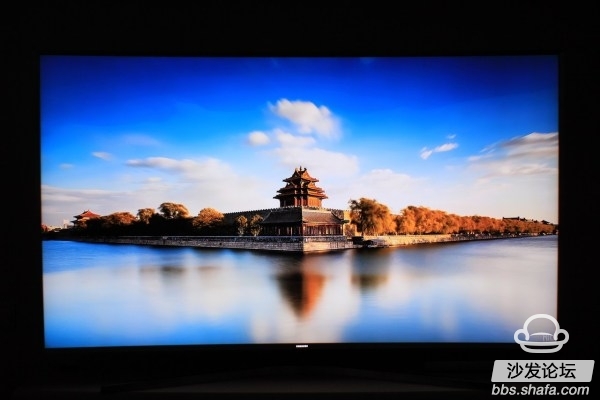
UA65JS9900 color performance.

UA65JS9900 color performance.

UA65JS9900 color performance. The contrast in the picture is still quite strong, and the depth of the shadow is very good.

The neutral color tone of UA65JS9900 does not have a tendency of obvious reddish or yellowish green, and it is also effective in representing details of metal texture.

Standard 4K signal color transition effect test chart. The color transition of the UA65JS9900 is very natural and smooth, and many entry-level 4K TVs perform very well on this project and can see distinct color levels.

For this class of machine, dynamic area backlight control is an essential configuration. When the background is a black image, not only the contrast is higher, but also there is no light leakage.

As mentioned above, the UA65JS9900 has a great effect on human skin color, whether it is still pictures or motion pictures.

UA65JS9900 dynamic display effect, although the overall color is not exaggerated. The 4K native signal also makes the texture of the picture very prominent, although it is not a 3D picture but there is a kind of telepresence.

When playing 1080P motion pictures, the UA65JS9900's re-mastering quality engine will scale the signal to provide 4K panel accuracy. The actual effect of watching Samsung's new engine quality is also good, in the 1 meter 5 viewing distance on the naked eye feel and see the original 4K film source is very close.

The contrast, detail, and texture of the picture in the motion picture are all excellent. This is not only the merits of technologies such as ultra-high definition local light control and enhanced black control technology enhancement, but also the optimization of the image engine.

The contrast of the dynamic picture is larger, and the picture is more likely to move people.

The display effect of IMG_7982P images is still not too bad. The display effect after the image engine magnification processing is equivalent to the 4K native program at a distance of 1 meter and 5 meters.

Many cheap 4K TVs will not even be equipped with MEMEC and multi-speed drive technologies, which will cause jitters or frustrations when watching moving pictures. As a flagship model, the overall smoothness of JS9900 when displaying dynamic images is quite outstanding. There is not much to be picky about.

Many people are concerned about the viewing angle of curved televisions and believe that the best picture quality can only be seen at the emperor's location. In fact, this is not a big problem for the JS9900.

Even at a relatively large angle (in both the horizontal and vertical directions), the color of the picture is slightly lost, but the performance is still plausible.

In a more extreme angle effect. Although there is a slight loss of color, the picture is still plausible.
From the actual test results, Samsung UA65JS9900 colorful, rich, but not too exaggerated, the overall tone tends to neutral style, the color of the character is particularly vivid. In addition, the JS9900's color-gradient transition effect also left people with a deeper impression. The color change and transition are very natural and smooth, and this makes the scene more vivid.
In the TV's most critical dynamic resolution, the performance of the UA65JS9900 is also worthy of the flagship. The TV's re-mastering quality engine not only ensures the optimization of the video signal, but also makes the motion picture very smooth and smooth. In addition, we also tested a lot of video programs with 1080P or even 720p resolution. The 4K conversion processing capability of the re-mastering image engine is not as bad as those of the so-called image engines of the low-priced 4K TVs. These videos are ultimately on the 4K panel. Although the rebirth effect can not be compared with the original 4K, but it has reached the level of visually observable differences.
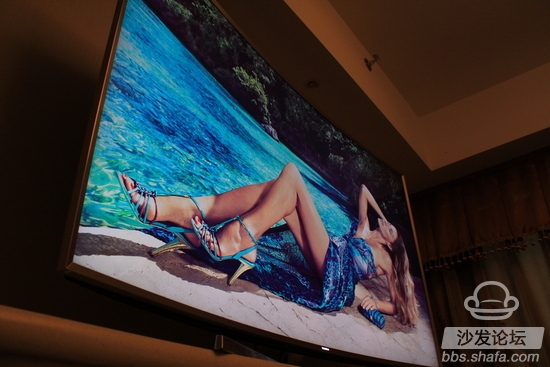
Tizen system
Samsung is the creator of this category of smart TVs. In this year's new color TV, Samsung completely abandoned the past years of smart TV systems, all transferred to the new Tizen platform.
Unlike the Android system originally designed for mobile devices, which currently accounts for most of the smart TV market, Tizen is Samsung's plan for the interconnection of various 3C and home appliance devices in the future and the establishment of a smart home and home networking plan. The core of the ring. According to Samsung's plan, by 2017, Samsung's full line of home appliances will carry the Tizen system. At present, in addition to smart TVs such as the JS9900, Samsung also released smart phones using the Tizen system.
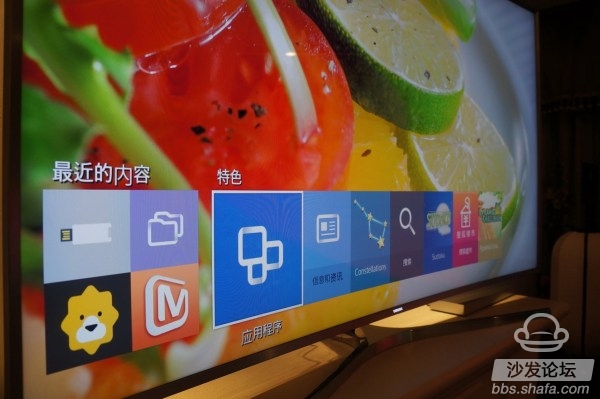


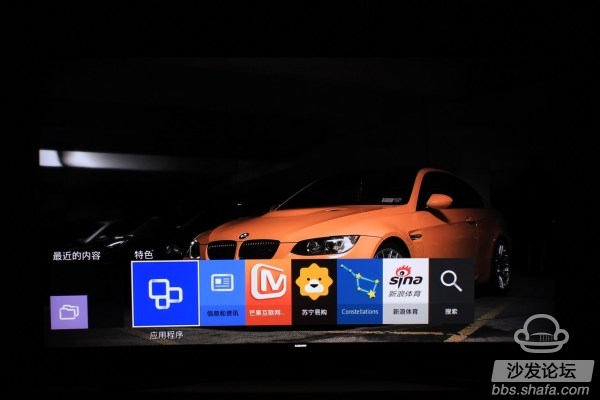
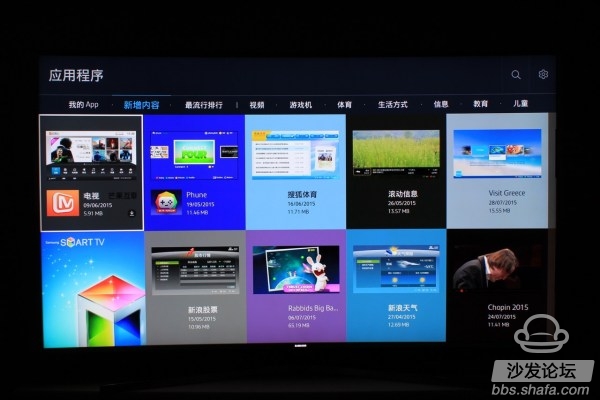

2015 Samsung TV Tizen system trial

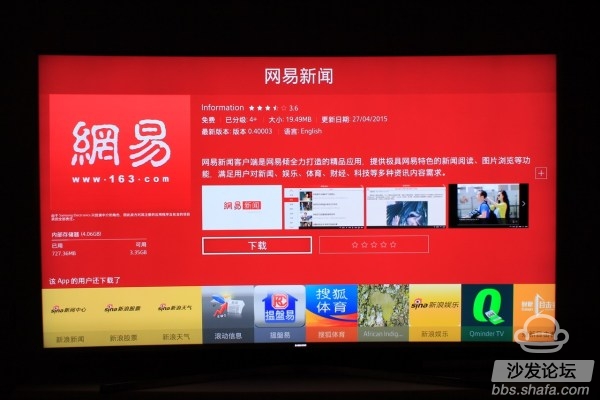
2015 Samsung TV Tizen system trial
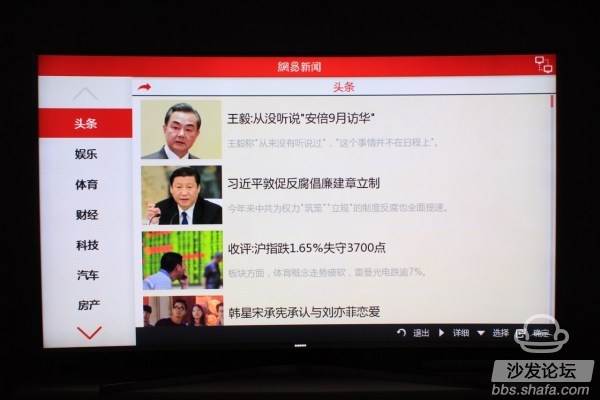
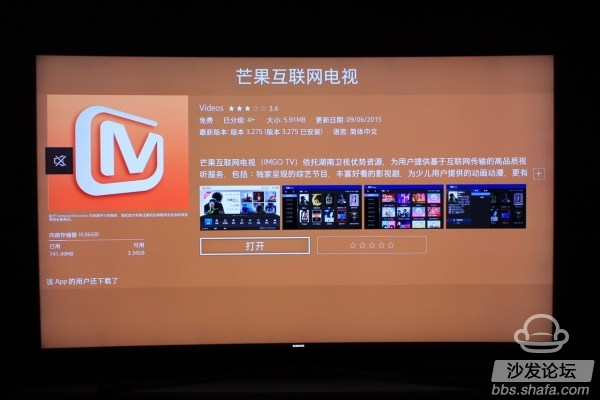

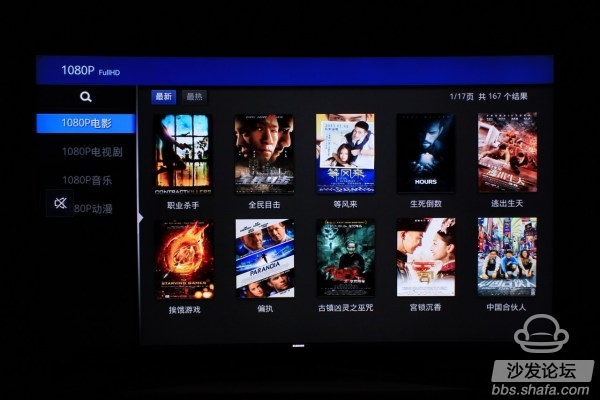
2015 Samsung TV Tizen system trial
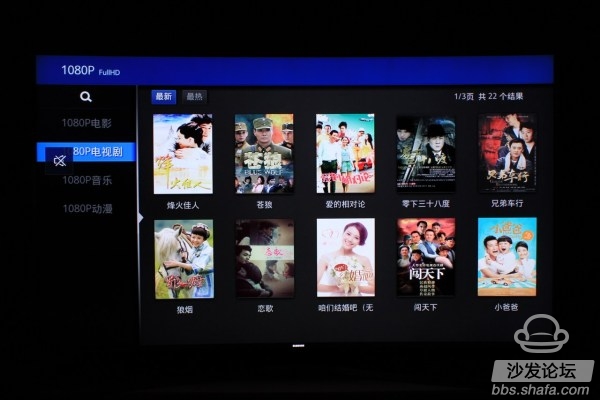
2015 Samsung TV Tizen system trial
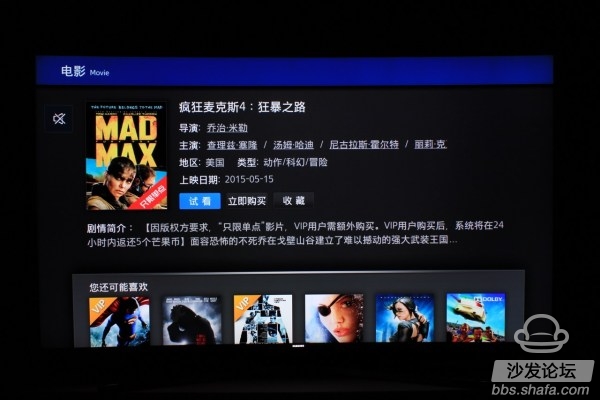
2015 Samsung TV Tizen system trial
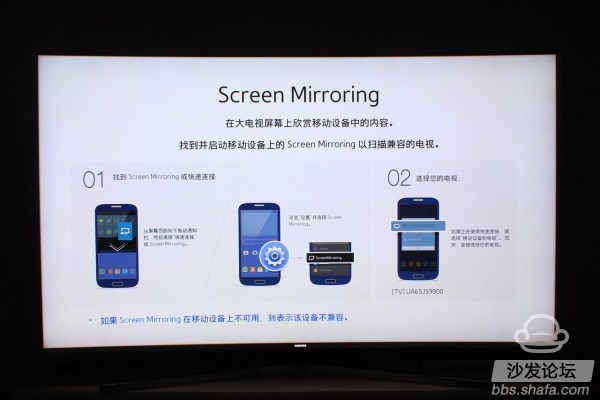
The biggest change in the Tizen system compared to Samsung’s previous smart systems was “smallerâ€. The Tizen system no longer has a separate system interface like Android or other smart TV systems, but instead appears iconically at the bottom of the screen when you need it. The contrast between the changes is very large, and even at the beginning of contact, people who are accustomed to ordinary smart TV's proprietary UI interface may feel overwhelmed.
This may be the form that the Tizen system most wanted to display on television. Because this form of UI does not have a serious impact on the current program's viewing (currently most smart TVs, users want to start some smart applications when watching TV programs, only to temporarily give up watching, or in a very In a small window). The lower icon is also presented intelligently according to the frequency of the user's recent usage, etc., so that the user can switch to the desired function module with a minimum number of steps.
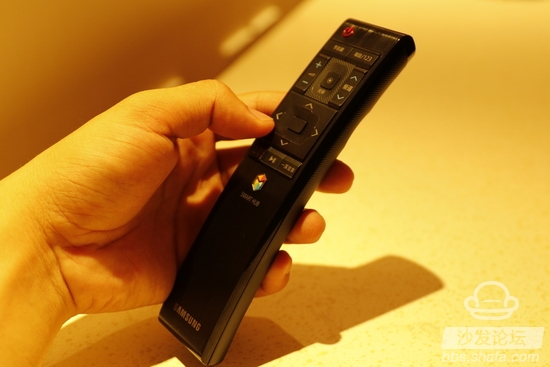

While the most anticipated Tizen system still has the problem of a small number of third-party APPs, for a brand-new TV OS, it is believed that this situation will gradually be alleviated with time, and it will be realized within the Tizen system. The Chinese viewers are most enthusiastic about VOD applications and news apps. The Tizen system's low-interference UI interface designed for TV viewing characteristics and simple manipulation also allow viewers to focus most of their attention on "This is the most basic and most core level, which is essentially different from the design ideas of the Android platform. This is also the greatest experience that the Tizen system has brought us.
Although the price of the 65-inch UA65JS9900 has reached 40,000 yuan, as a flagship product, its target group is actually not an ordinary working-class consumer, so it is not measured by conventional cost-effective methods. What practical significance. However, the various technologies it carries, as well as the new Tizen system, will gradually be decentralized to more suitable product lines for the mainstream population. Therefore, from this perspective, the various features of the JS9900 have practical significance.
Cold Forging is a forming process below the recrystallizing temperature of the material, and it is forged below the recovery temperature. It is customary to call the forging of unheated blank cold forging in production. Most of the cold forging materials are aluminum and some alloys, copper and some alloys, low carbon steel, medium carbon steel and low alloy structural steel with low deformation resistance and good plasticity at room temperature. Cold forgings have good surface quality and high dimensional accuracy, and can replace some cutting. Cold forging can strengthen the metal and improve the strength of the parts.
Round Heat Sink,Cold Forging Process,Aluminum Fin Heatsink,Aluminum Round Heat Sink
Dongguan Formal Precision Metal Parts Co,. Ltd , https://www.formalmetal.com